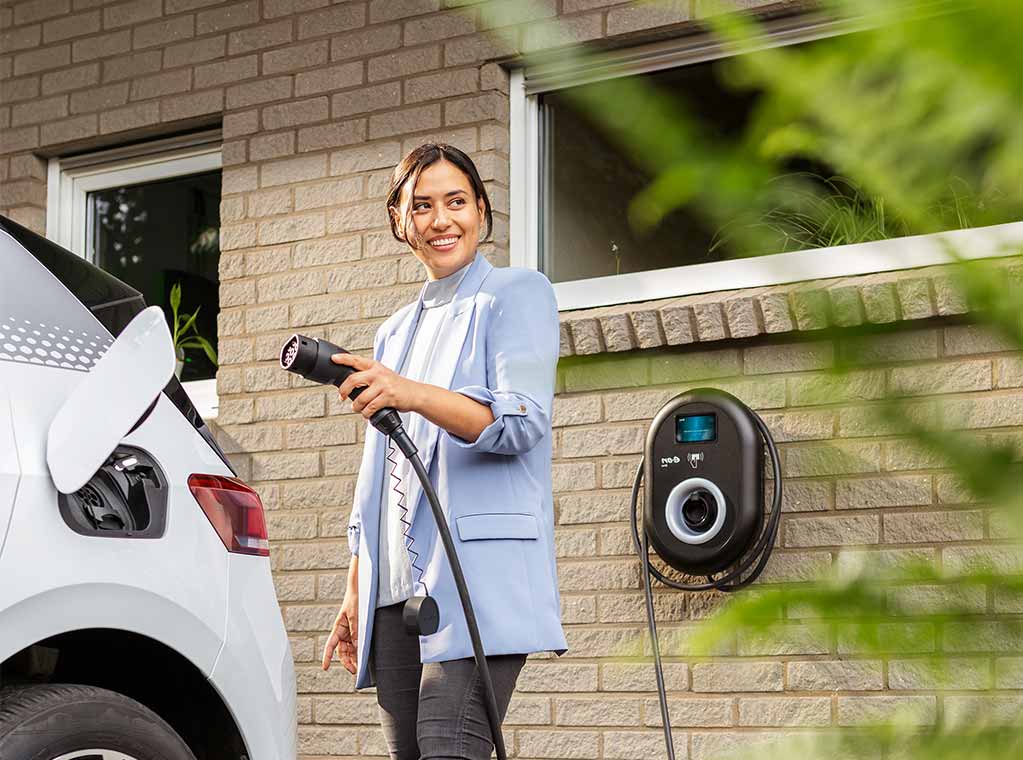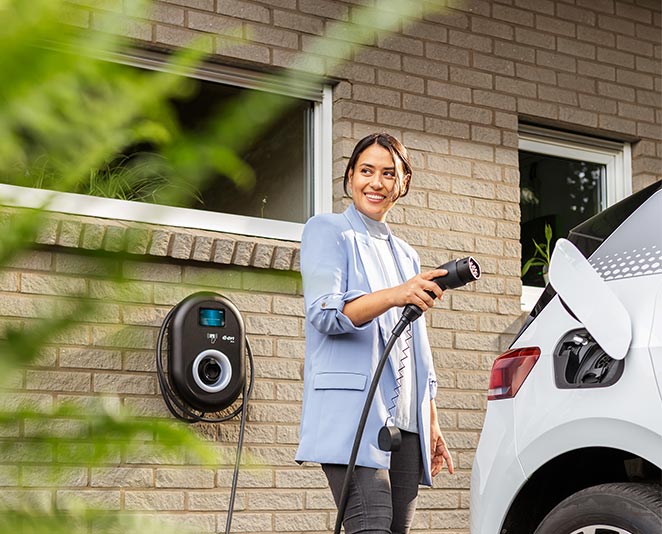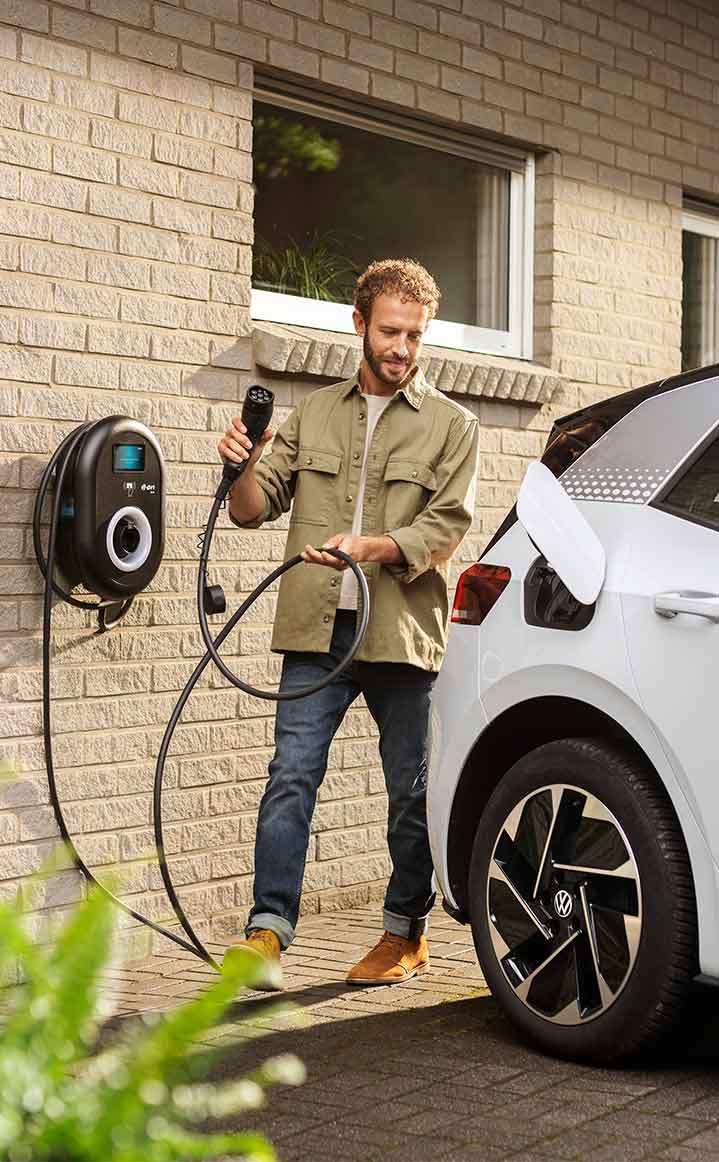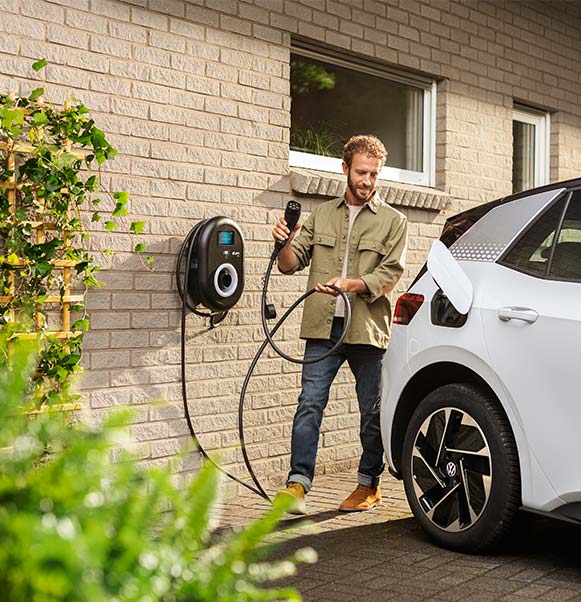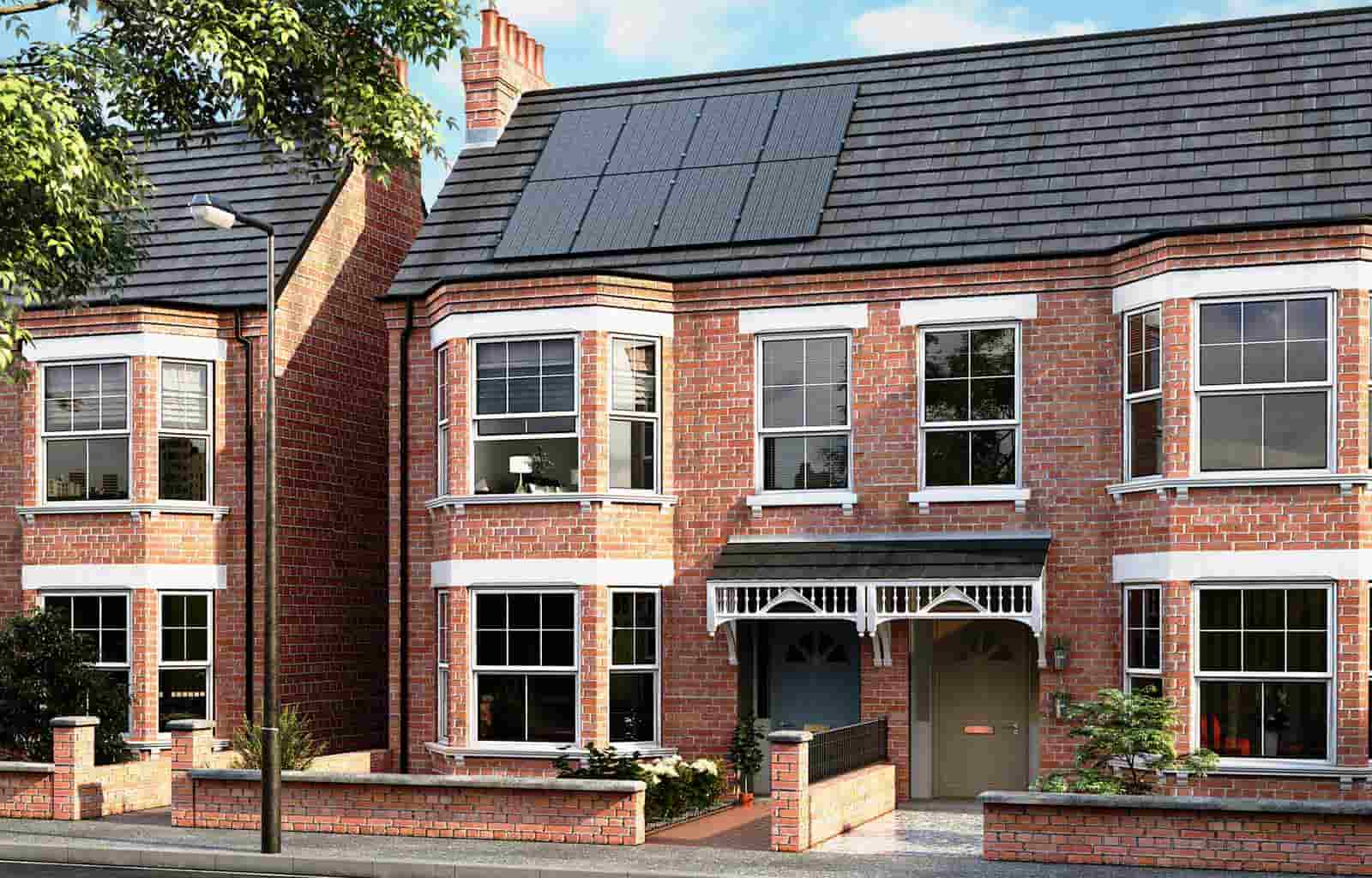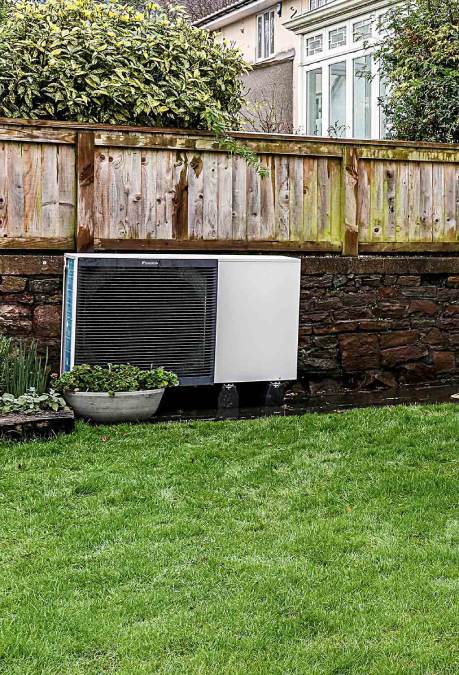We can break chargers into 3 categories, Slow, fast and rapid/ultra-rapid, they’re usually categorised based on their speed as this is an important factor for most EV drivers.
With the government ban on the sale of new petrol and diesel cars by 2030 edging ever closer, we're seeing more and more electric cars on the roads. Consequently, charge points are becoming more and more in demand and many more people are looking to understand how electric vehicle charging really works.
Chargers can also be categorised by location:
- Home chargers are specifically designed for domestic settings and home power supplies. They're safe and effective for day-to-day charging.
- Public chargers are found in public spaces like car parks or service stations. The power of these charging stations is variable so you should always check the compatibility of your vehicle and a charge before you attempt to charge.


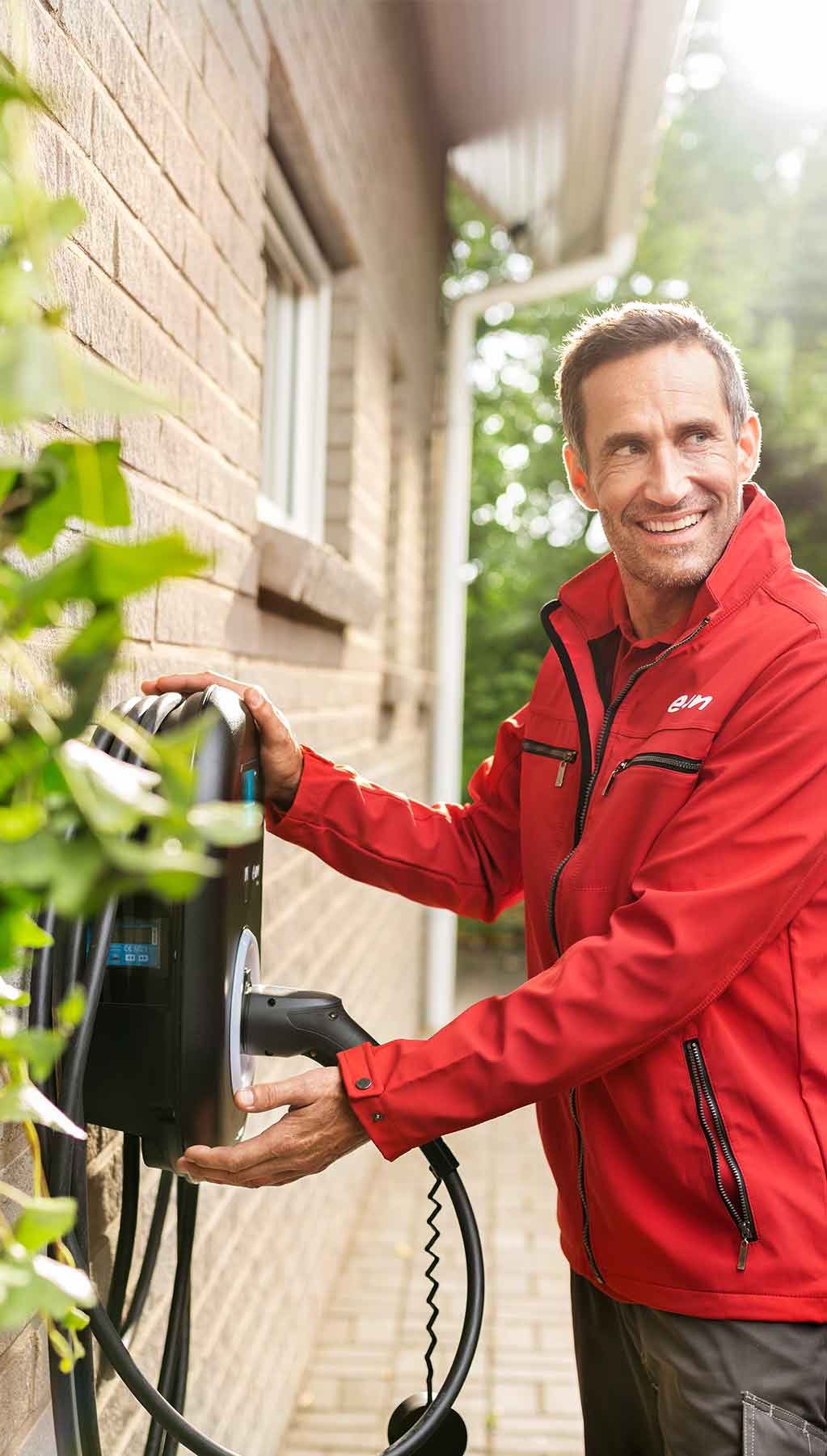




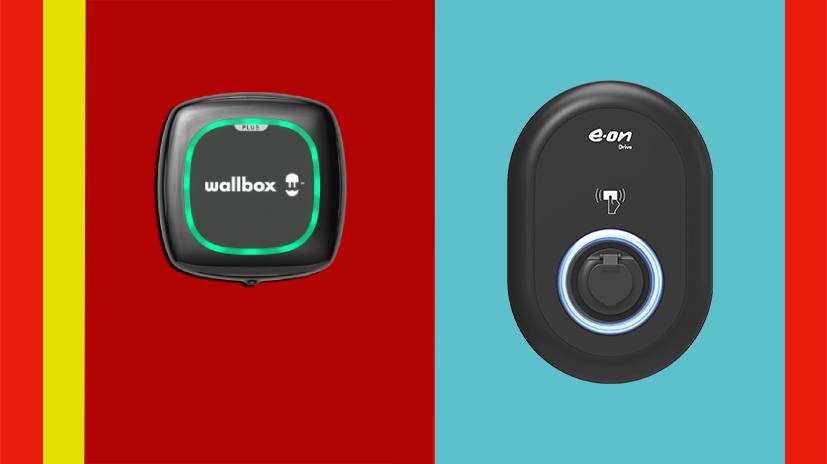




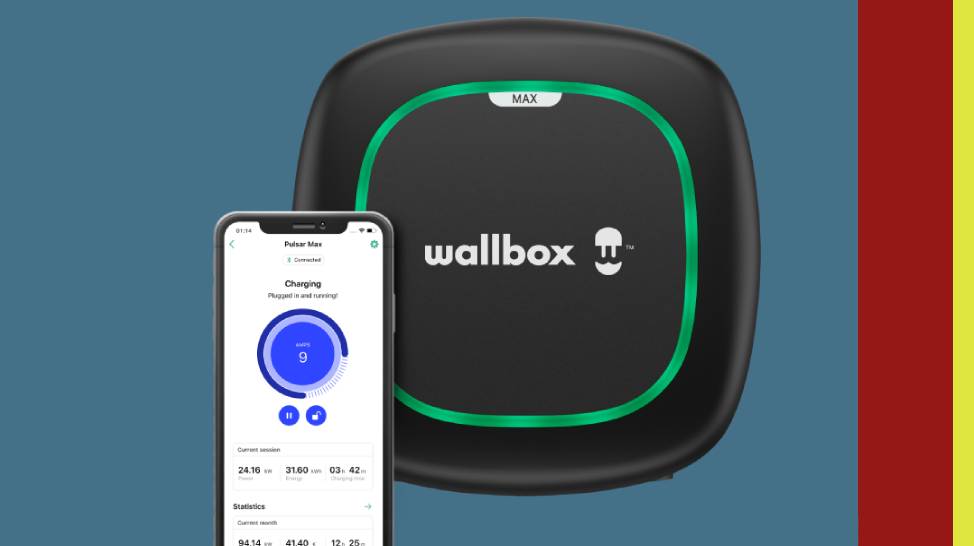
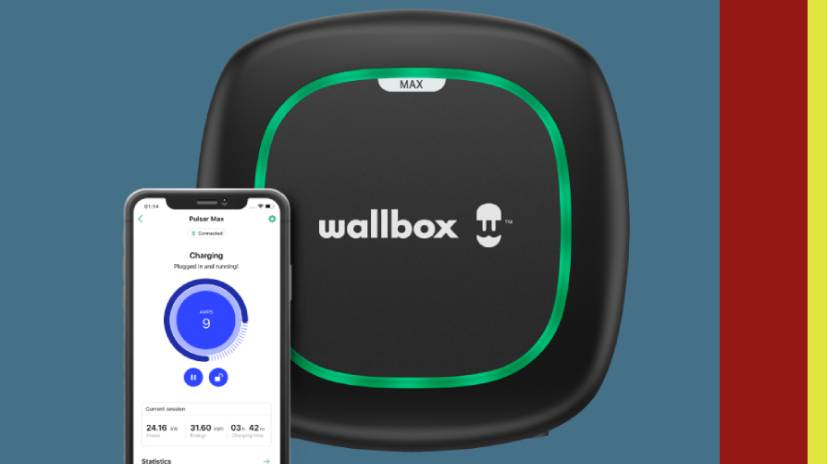
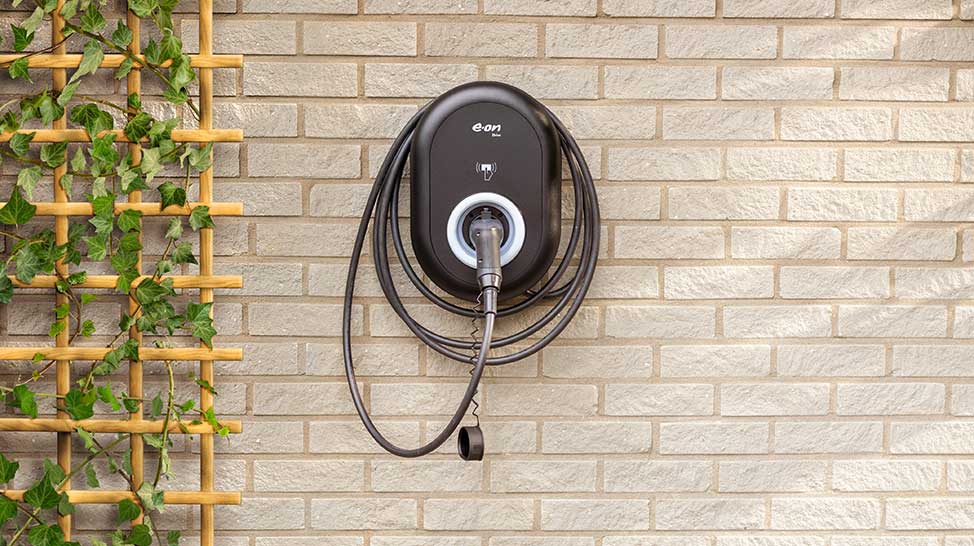
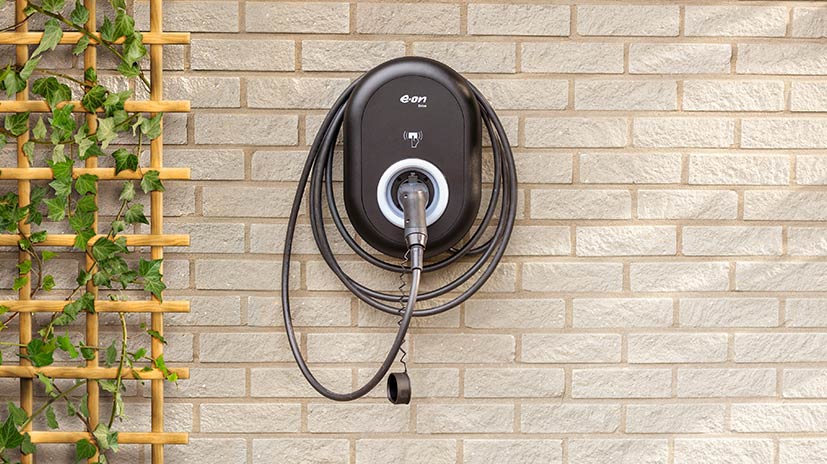
.jpg)
.jpg)


